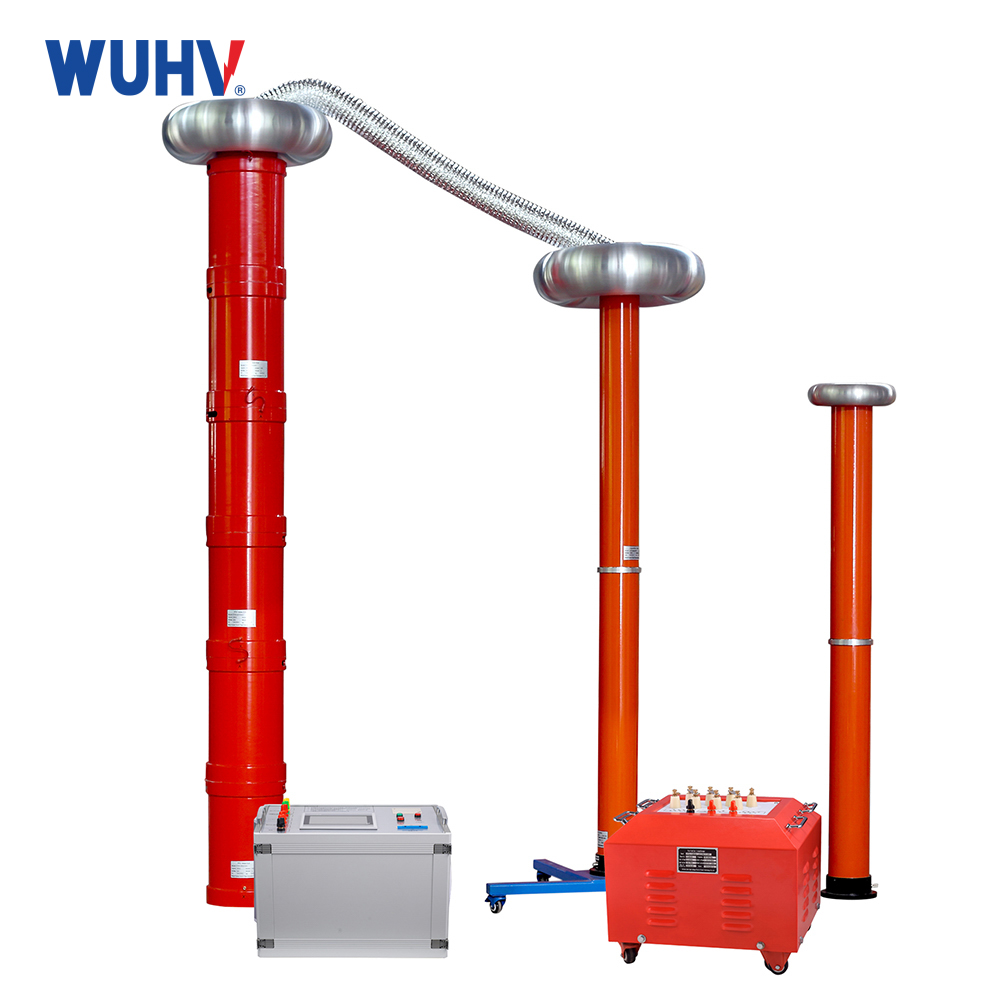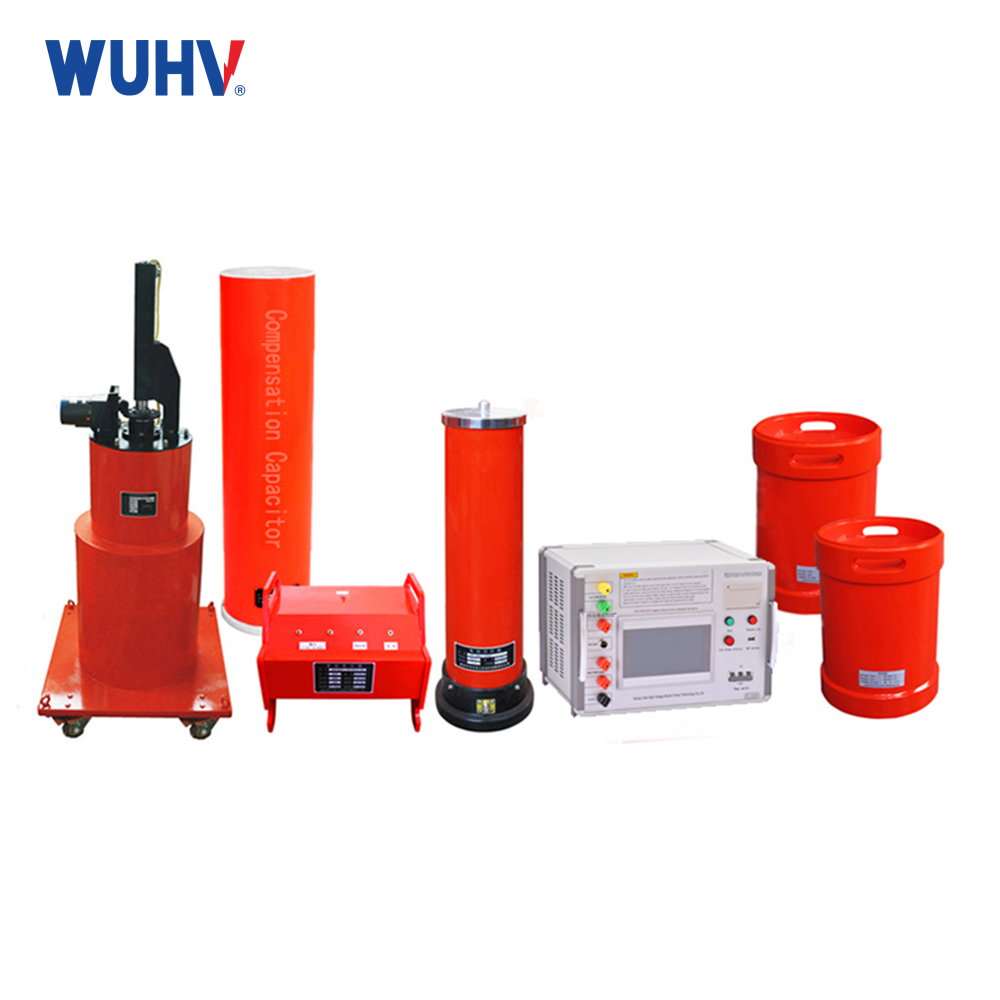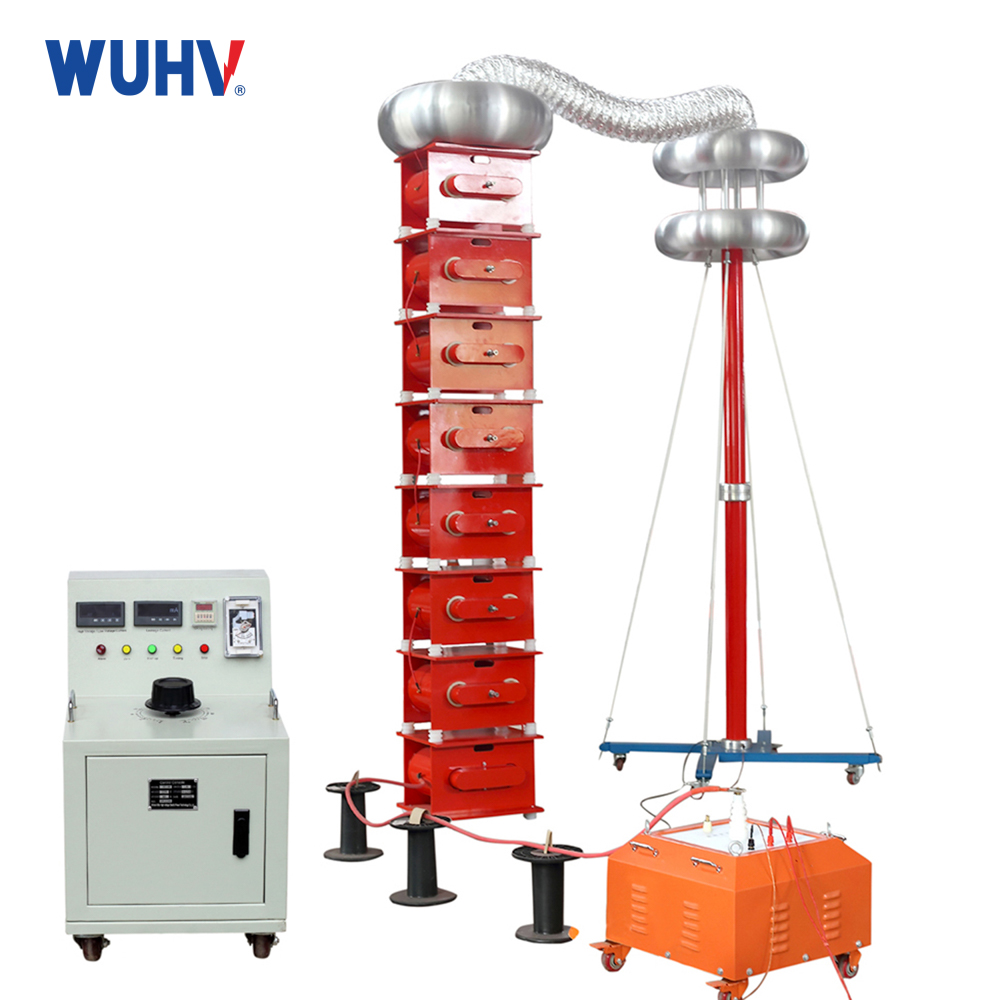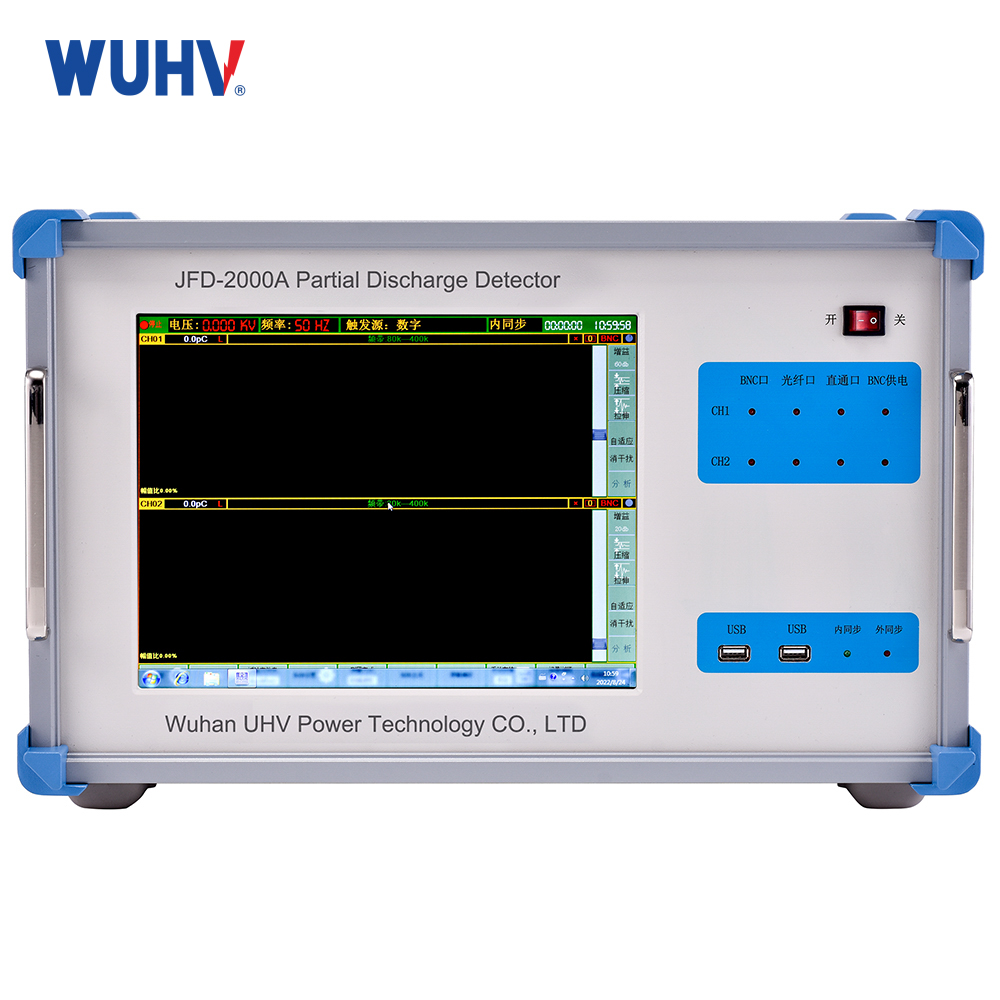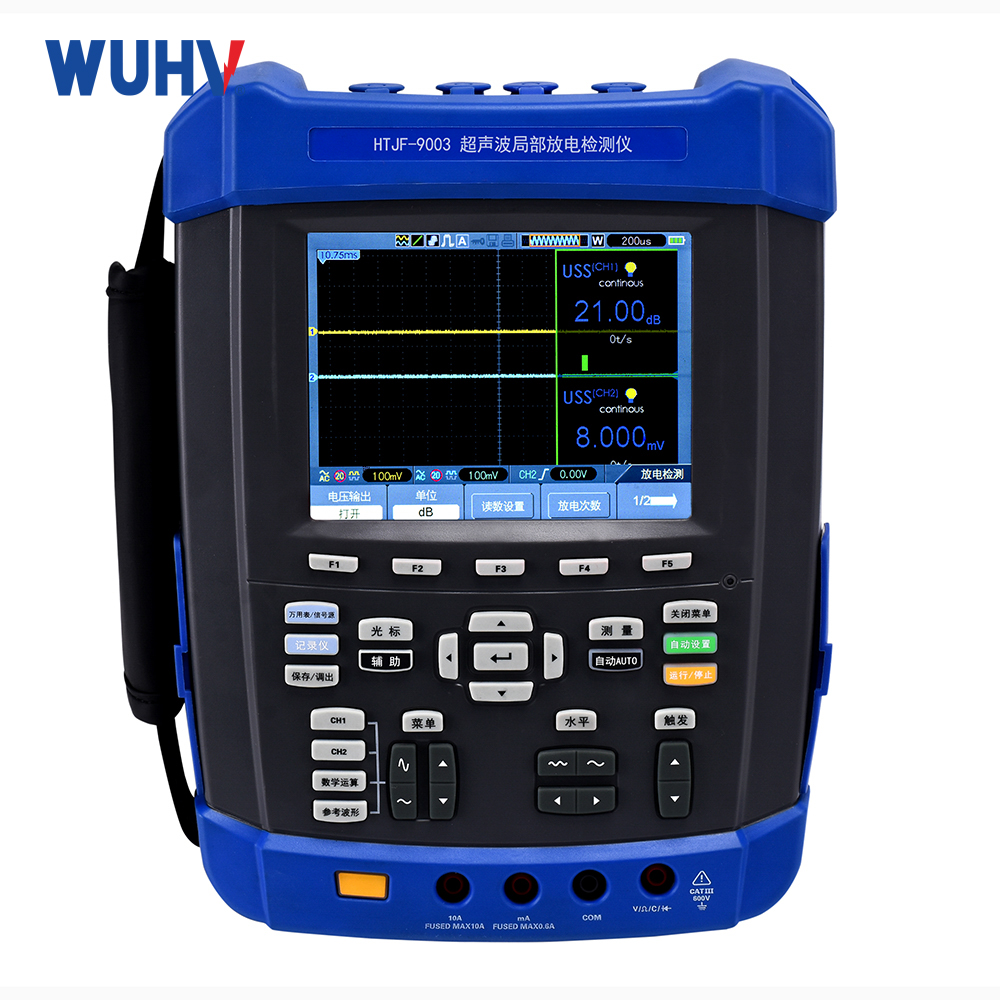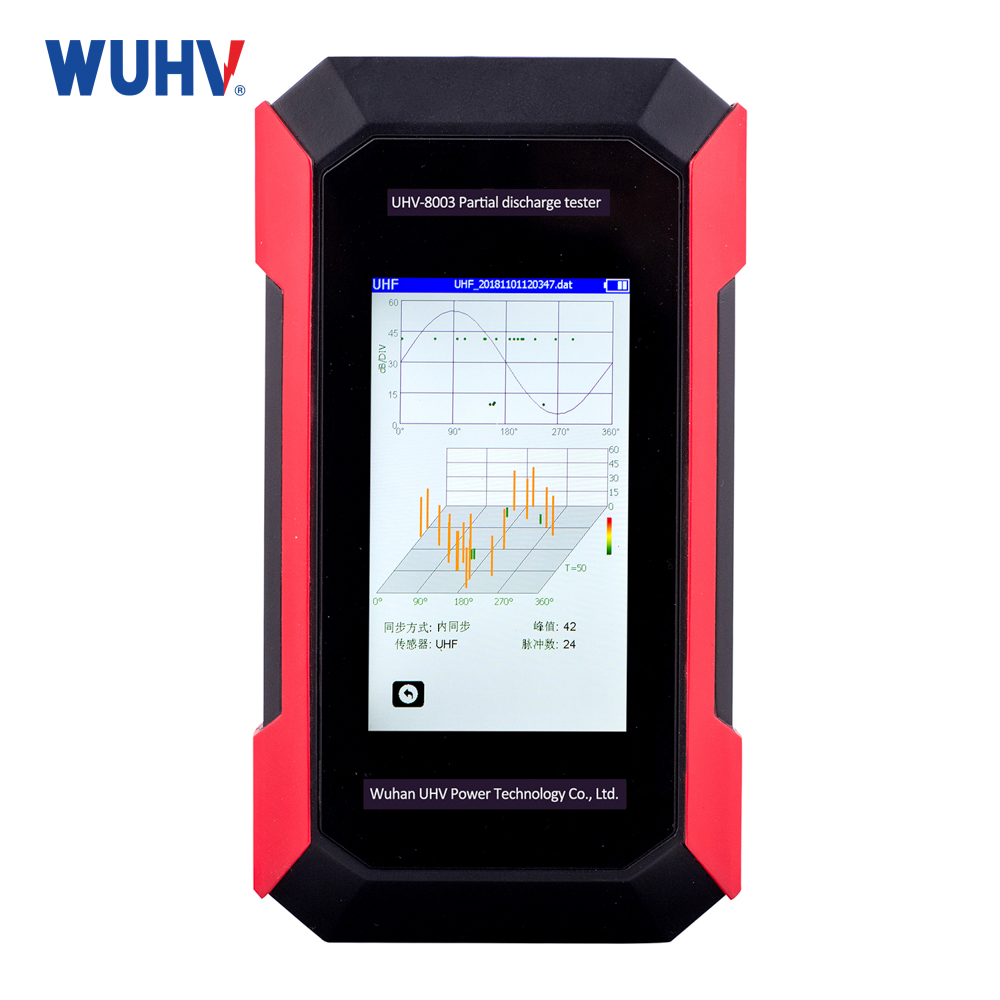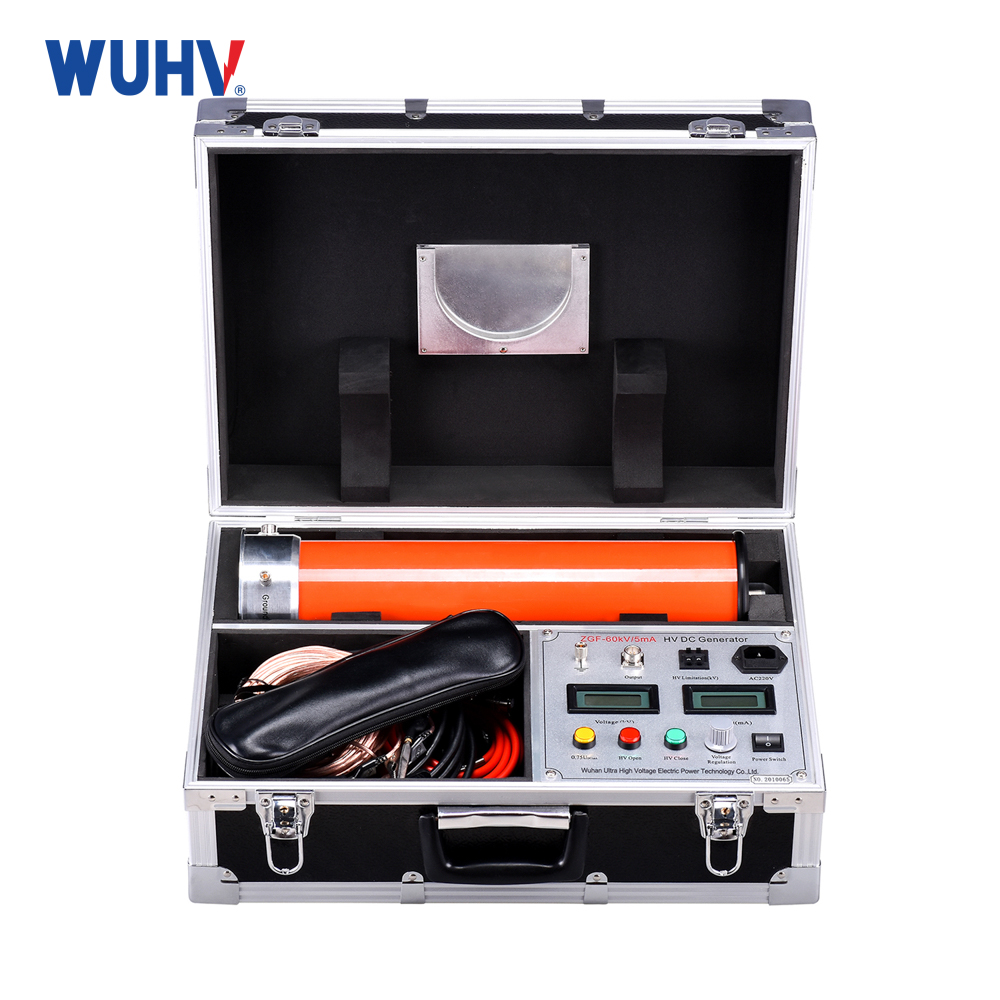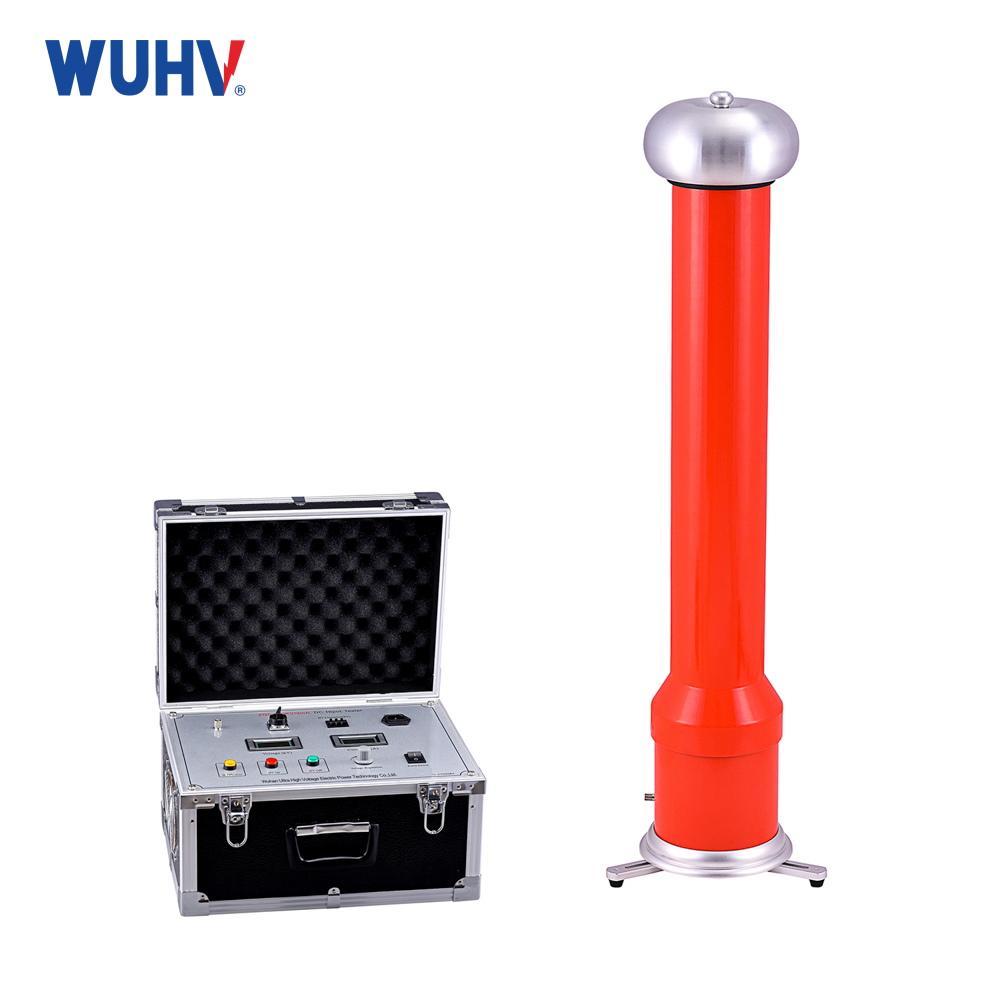The electric energy meters calibrated from the calibration room are all measured under normal conditions specified in the regulations. In fact, it is impossible for all electric energy meters to operate under the rated conditions specified in the regulations. Operating parameters such as voltage, load, waveform, etc. are subject to variation, which can cause additional errors in the energy meter. The reasons for the formation of additional errors in electric energy meters and their compensation measures will be discussed below.
1. The impact of voltage changes on errors
Due to the voltage variation of the power grid usually between 90% and 105% Ue, there is a voltage drop in each line, which causes the voltage U applied to the energy meter to be different from the rated voltage Ue. This will cause the voltage working flux to not change proportionally with the voltage, and destroy the original proportional relationship between the voltage suppression torque, compensation torque, and driving torque. As a result, the energy meter produces voltage additional errors, which are composed of three types of errors.
(1) Voltage suppression error:
Because the speed n of the electric energy meter and the working magnetic flux φ u of the voltage are both proportional to the voltage. When the voltage changes, the voltage suppression torque changes relatively more than the driving torque, causing voltage suppression errors. The larger the voltage change, the greater the suppression error caused.
(2) Nonlinear error of parallel circuit:
In a parallel circuit, the voltage non working magnetic flux φ f is several times larger than the voltage working magnetic flux φ u, and at the same time, the cross-section of the iron core passing through is smaller, resulting in higher magnetic resistance. When the voltage changes, the magnetic flux φ u changes relatively more than φ f, and the driving torque changes faster than the voltage, which can cause nonlinear errors.
(3) Voltage compensation error:
The compensation torque is proportional to the square of the voltage. When the voltage changes, the relative change of the compensation torque is greater than that of the driving torque. The larger the nonlinear error and friction error of the series circuit in the light load range, the smaller the load current, and the lower the power factor, the greater the voltage compensation error. When the working current approaches the calibration current, the voltage compensation error is relatively small and can be ignored. Therefore, the voltage additional error is mainly composed of the nonlinear error of parallel circuits and the voltage suppression error In most cases, the nonlinear error is smaller than the voltage suppression error. Therefore, under the calibration current, an increase in voltage will cause a negative voltage suppression error, and the speed of the energy meter will slow down. A decrease in voltage will cause a positive voltage additional error, and the speed of the energy meter will increase.
In order to reduce the impact of voltage changes, in addition to appropriately reducing the voltage working flux and rated speed, saturation segments are often set on the non working flux path of the voltage (such as drilling two small holes on the lower magnetic yoke of the voltage core).
2. Error when three-phase voltage is asymmetric
When the three-phase voltage is asymmetric, it will cause changes in the error of the three-phase energy meter. This is because when the three-phase voltage is asymmetric, the driving components are unbalanced, that is, under the same voltage, current, and power, the driving torque, current, and voltage suppression torque generated by each component are not equal. When one phase voltage increases and the other phase voltage decreases, the total torque acting on the rotating components changes.
3. The impact of load imbalance on errors
Due to the frequent imbalance of load current during operation of the energy meter, the three-phase current varies greatly, and sometimes only one or two phases have current. This imbalance will cause additional errors in the energy meter. The additional errors are mainly caused by the following aspects:
(1) The impact of compensating torque:
The components without current flow still have voltage. As the turntable rotates, it cuts the magnetic flux of that phase, forming a compensation torque, thereby increasing the ratio of the total compensation torque to the total driving torque, causing a positive error that increases with the decrease of load current.
(2) The mutual influence of various driving components:
In a three-phase electric energy meter with a single turntable, the additional torque formed by the magnetic flux generated by the voltage and current of different components may not be large, but their local torque may be large. For example, when one current coil has no current, the corresponding local torque is zero, and another local torque can cause significant errors. To reduce this additional error, a simple method is to place the brake magnet in the appropriate position and use a suitable magnet structure, which can reduce the voltage leakage flux passing through the turntable along the brake magnet and achieve the goal of reducing the additional torque.
(3) The unbalanced driving torque of each component affects:
When a three-phase energy meter is in load balancing, it will inevitably cause a change in the self generated torque generated by the working magnetic flux of the current circuit. For a three-phase two component energy meter, when the current circuit of one component is disconnected under balanced load, the self generated torque of the working magnetic flux of the current circuit will be reduced by twice. Due to the reduction of self-made torque, the speed of the turntable will increase.
4. The impact of waveform distortion on errors
When there is a nonlinear load in the circuit, the load current waveform will deviate from the sine wave. Non sinusoidal load currents can cause non sinusoidal impedance voltage drops on transmission and distribution lines. Therefore, even if the power supply voltage is sinusoidal, the voltage at the load end is also non sinusoidal. Therefore, the voltage and current applied to the energy meter are distorted waveforms.


